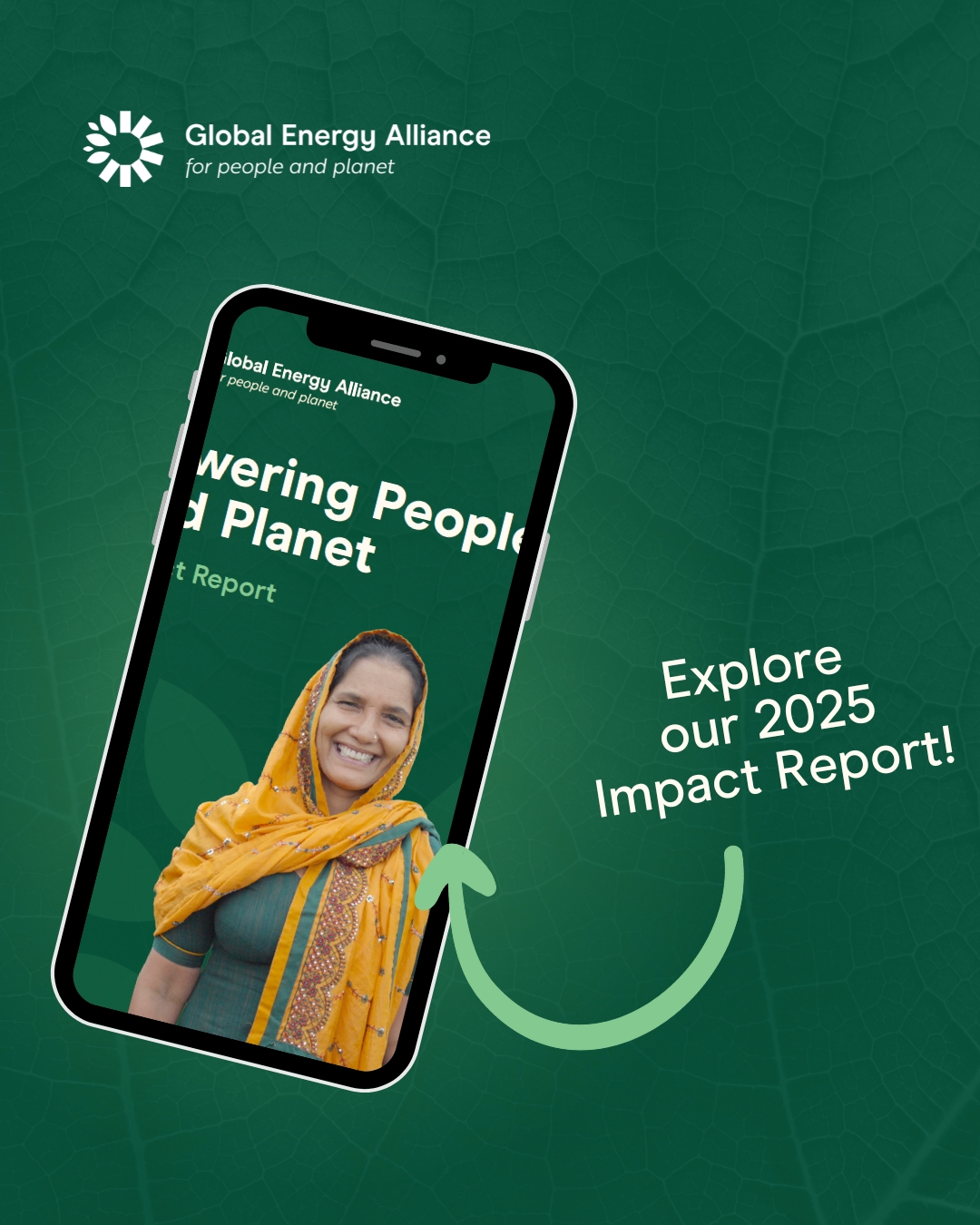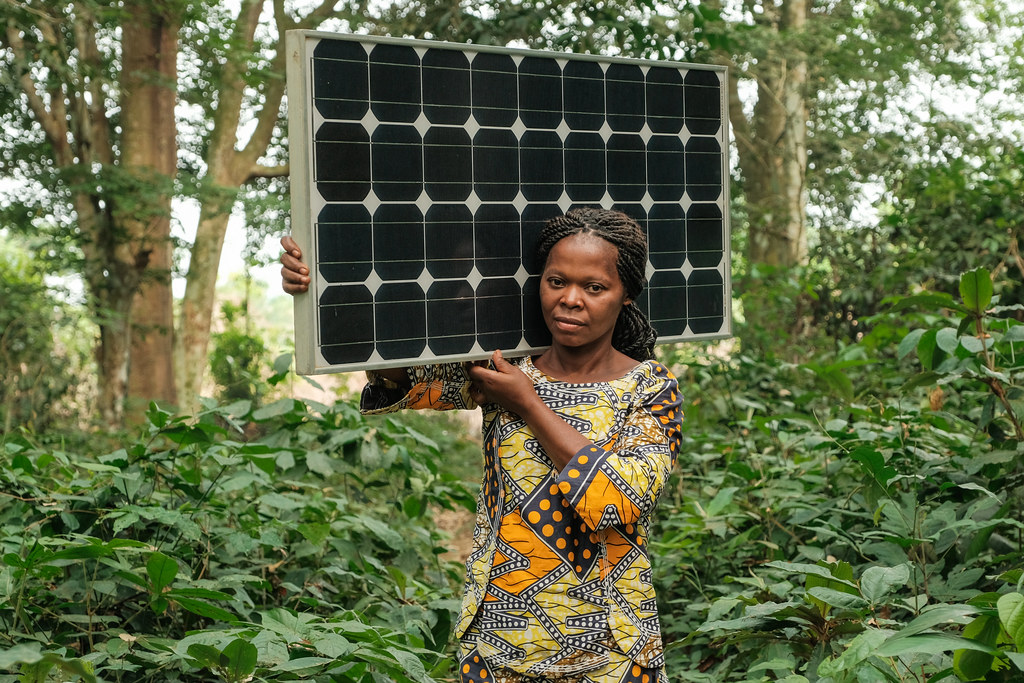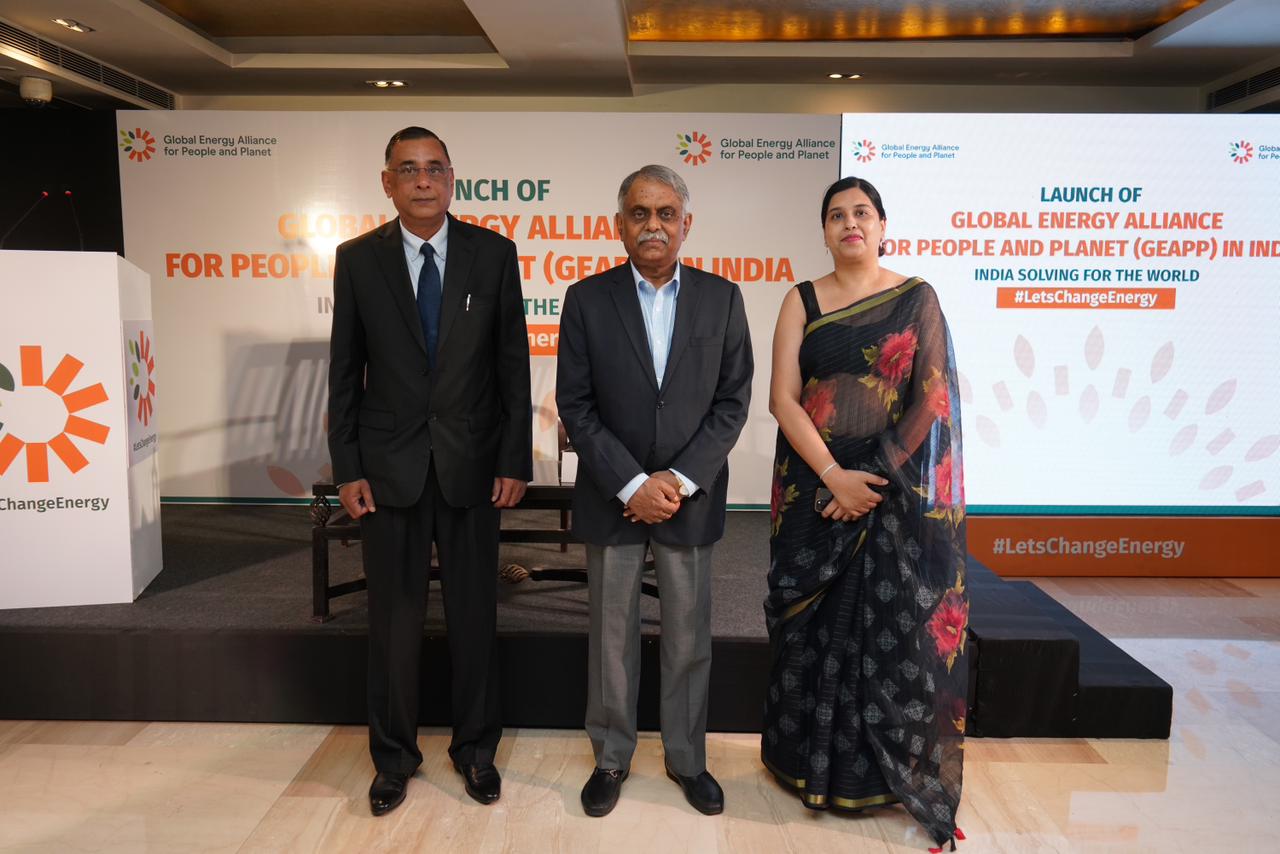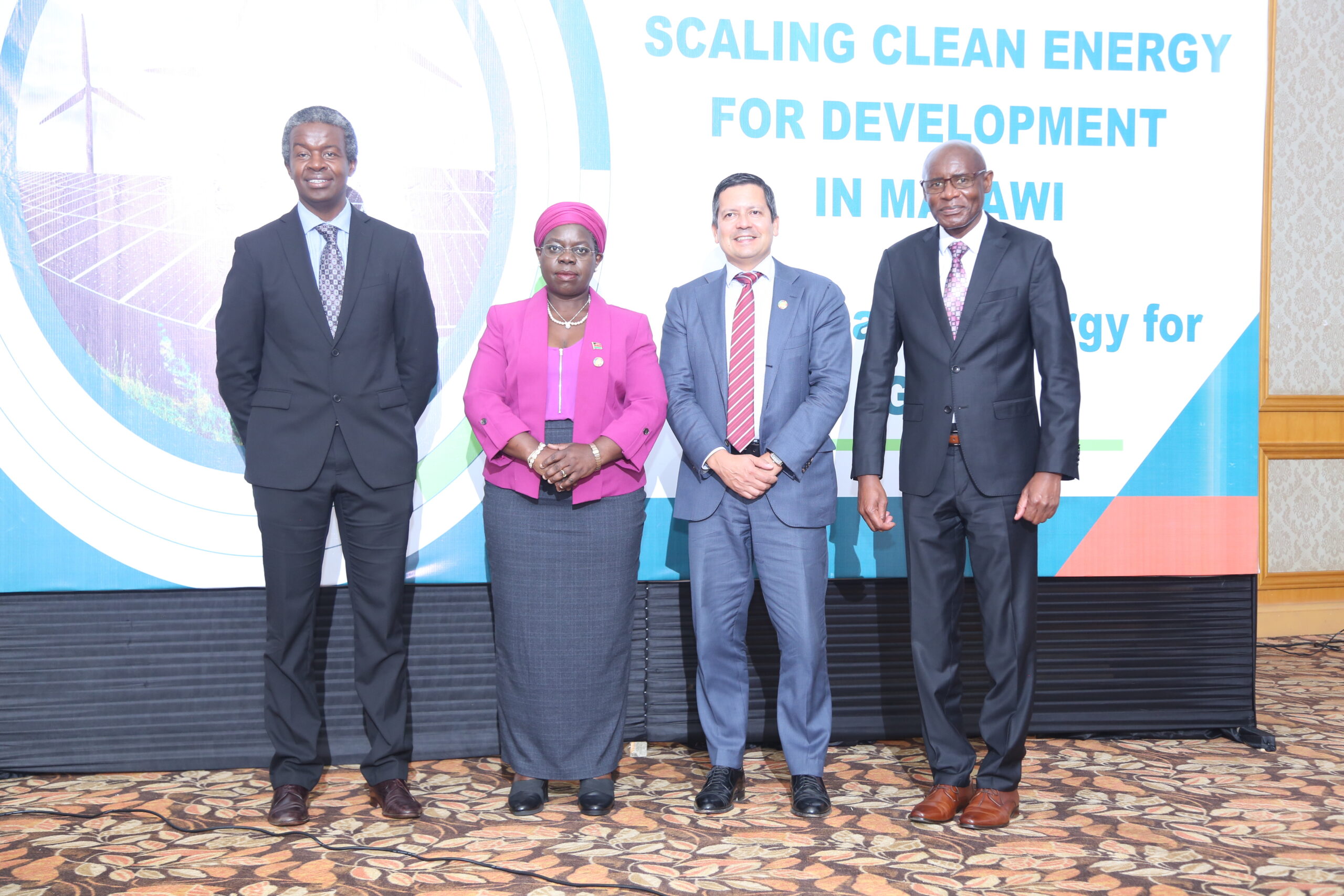Bottlenecks & Breakthroughs: Advancing Gender Equity in African Clean Energy

Summary
Historically, employees in the African clean energy sector have been predominantly male – but that is slowly changing. Clean energy companies across Africa are making concerted efforts to diversify their workforces, making a particular effort to attract, hire, and retain women. Companies have broadened marketing approaches, innovated in how they manage applications and interviews, investigated biases in outreach and hiring, developed gender action plans, and looked for other ways to increase female workforce representation. These efforts have been driven by greater pushes from investors and funders, as well as a growing body of research showing that diverse teams perform better.
Shortlist has sought to accelerate this trend, implementing a range of gender-lensed talent programs over the last five years with female representation over 50%, well above the current industry benchmark of 32% female employees. Under Shortlist’s inaugural “Women For Green Jobs” program, funded by The Global Energy Alliance for People & Planet (GEAPP), we are supporting more than 750 women transitioning into clean energy careers, and working with Value For Women and other partners to promote gender equity in clean energy workspaces and success on the job. Through this work we will give young women critical first-hand work experience, offer job search support, and train hundreds of women with the technical skill needed to take on roles in finance, operations and maintenance, and engineering.
Despite this progress, women still face unique barriers and bottlenecks to accessing jobs in the clean energy sector. This report tries to further illuminate these challenges, highlighting the voices and experience of women who are breaking into the clean energy sector, and draws upon the broader literature on the topic as well as our own hands-on hiring and program experience and conversations with dozens of sector employees and experts. Within this report, readers will find a framework for understanding the causes of gender inequity in African clean energy, as well as stories and perspectives from current, former, and prospective female employees in the clean energy sector to better understand how such barriers hinder access and success to clean energy jobs, while also hinting at the types of approaches and interventions which may help. Finally, we draw conclusions on some areas of opportunity as we seek to create a more equitable and inclusive clean energy sector for female employees, and all under-represented candidate segments.
We hope that these insights help companies, investors and donors reflect on which gender bottlenecks their work is addressing and where there may be opportunities to further enhance gender equity in the clean energy workforce.



